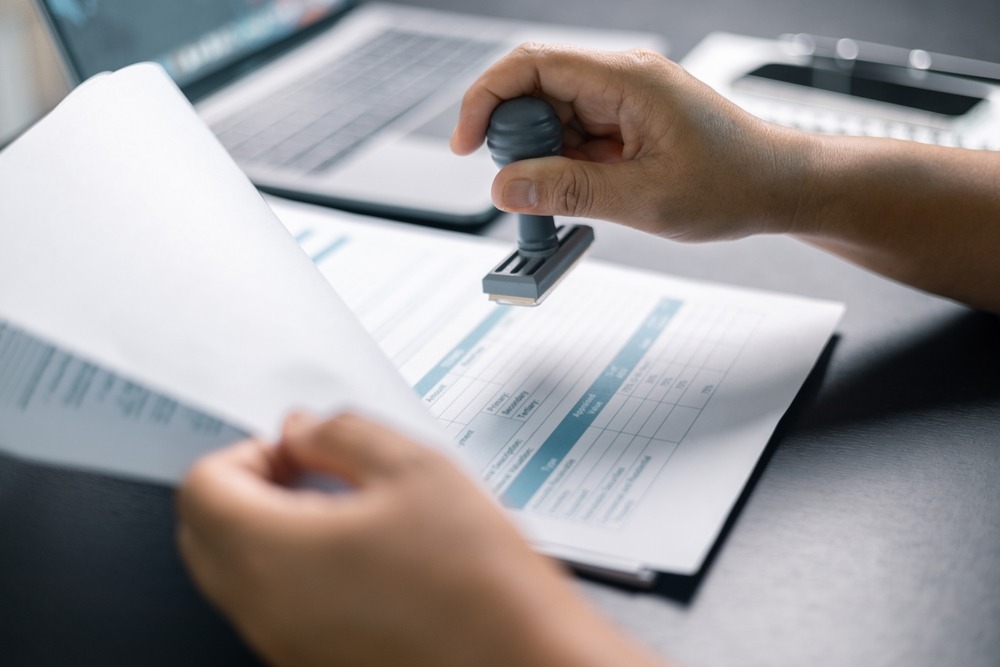How to Get a Personal Loan in 7 Simple Steps.
How to Get a Personal Loan in 7 Simple Steps
Securing a personal loan doesn’t have to be overwhelming. By following these seven steps, you can find the right loan, apply successfully, and manage your payments with ease.
1. Check Your Credit
Before applying for a personal loan, review your credit score to understand your financial standing. A higher score increases your chances of approval and lowers your interest rate.
- Credit Score Categories:
- 720 and above: Excellent
- 690-719: Good
- 630-689: Fair
- 300-629: Poor
Access your credit report for free from Equifax, Experian, or TransUnion. Dispute any errors and work on improving your score by paying down debts and maintaining low credit utilization.
2. Calculate Your Loan Payments
Estimate your monthly payments to ensure you can comfortably afford the loan.
- Consider These Factors:
- Loan Amount: Include any potential origination fees (1%-10% of the loan).
- Annual Percentage Rate (APR): Use your credit score to gauge the interest rate you might qualify for.
- Loan Term: Shorter terms have higher monthly payments but lower total costs, while longer terms are the opposite.
Use an online loan calculator to determine your estimated monthly payments and overall loan cost.
3. Research and Compare Lenders
Personal loans are offered by online lenders, banks, and credit unions. Each lender caters to different needs:
- Online Lenders: Provide fast funding and serve borrowers across the credit spectrum.
- Banks: Require good to excellent credit but may offer perks to existing customers.
- Credit Unions: Often accept borrowers with fair or poor credit but require membership.
Compare lenders based on:
- Credit Score Requirements
- Loan Amounts and Terms
- Funding Time
- Additional Features: Look for options like joint applications, co-signers, or secured loans.
4. Get Pre-Qualified
Pre-qualification is a key step that provides a preview of loan offers without affecting your credit score.
- How It Works:
- Provide basic personal information (name, income, loan purpose).
- Lenders perform a soft credit check to estimate your APR and payment terms.
- Compare multiple offers to find the lowest APR and best loan terms for your needs.
5. Select a Lender and Complete Your Application
Once you’ve chosen the best lender, formally apply for the loan. Be prepared to provide:
- Identification: Passport, driver’s license, or Social Security card.
- Proof of Address: Utility bill or lease agreement.
- Proof of Income: Pay stubs, bank statements, or tax returns.
The lender will perform a hard credit check, which may temporarily lower your score by a few points. Approval can take minutes to a few days, depending on the lender.
6. Read the Fine Print
Before signing the loan agreement, review all terms carefully:
- Fees: Check for origination fees, prepayment penalties, or late payment fees.
- APR: Ensure the APR includes all costs associated with the loan.
- Payment Terms: Confirm payment amounts, due dates, and whether automatic withdrawals are required.
7. Sign the Loan Agreement and Receive Funds
After reviewing and agreeing to the terms, sign the loan agreement. Funds are typically disbursed within a week, though some lenders offer same- or next-day funding.
After You Get Your Loan
- Manage Payments: Set up automatic payments to avoid missing due dates and incurring late fees.
- Track Progress: Monitor your loan balance and repayment schedule to stay on track.
- Avoid Prepayment Penalties: If you want to pay off the loan early, check whether the lender charges a penalty.
By following these steps, you’ll be better equipped to secure a personal loan that meets your needs and fits your budget.





